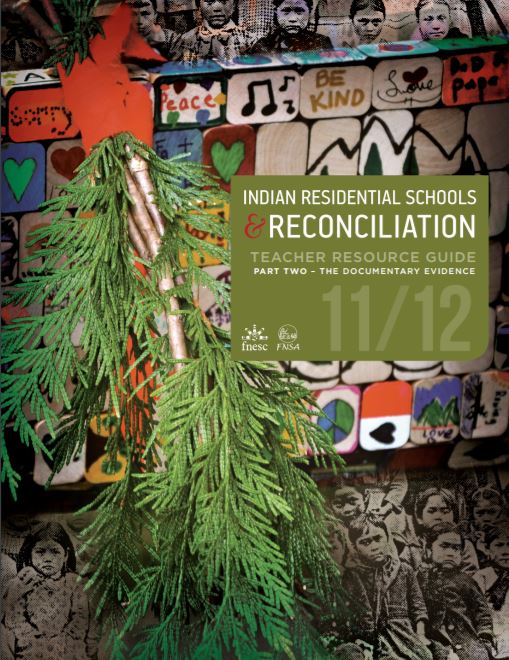
|
Indian residential schools & reconciliation : teacher's resource guide 11/12, part two: the documentary evidence
-- Indian residential schools & reconciliation 11/12, part two: the documentary evidence
Copies
0 Total copies, 0 Copies are in,
0 Copies are out.
Digital Link
Authors
Subjects
Language
English







